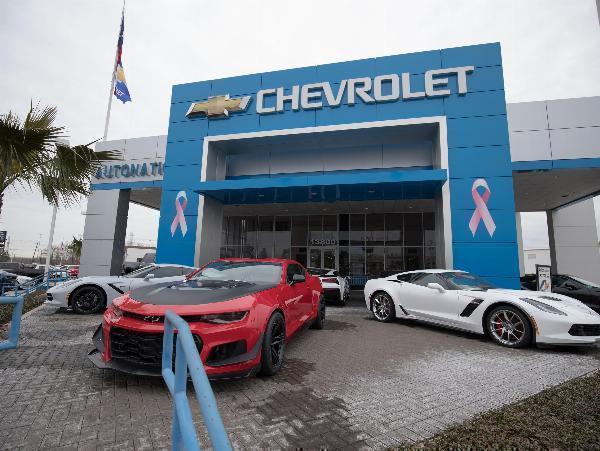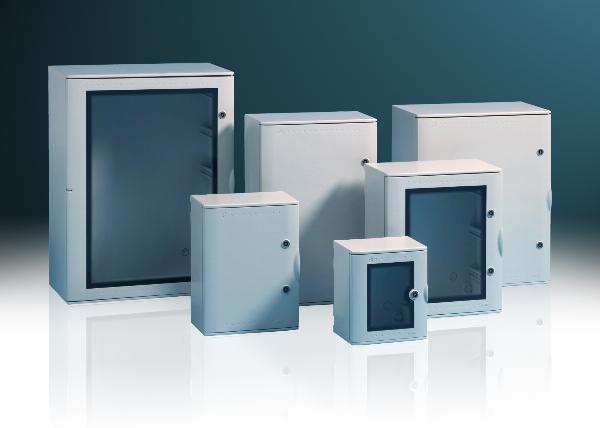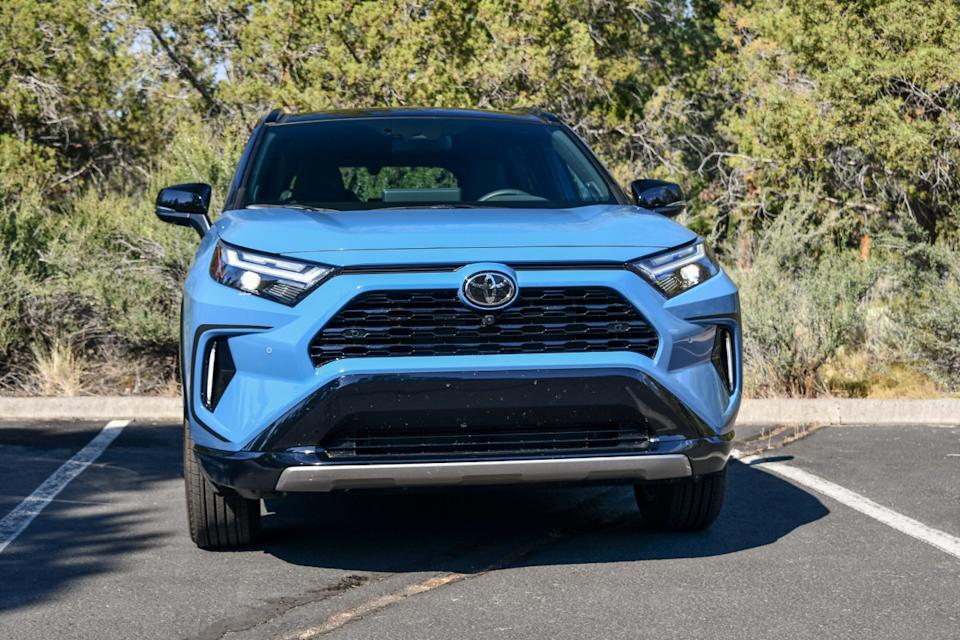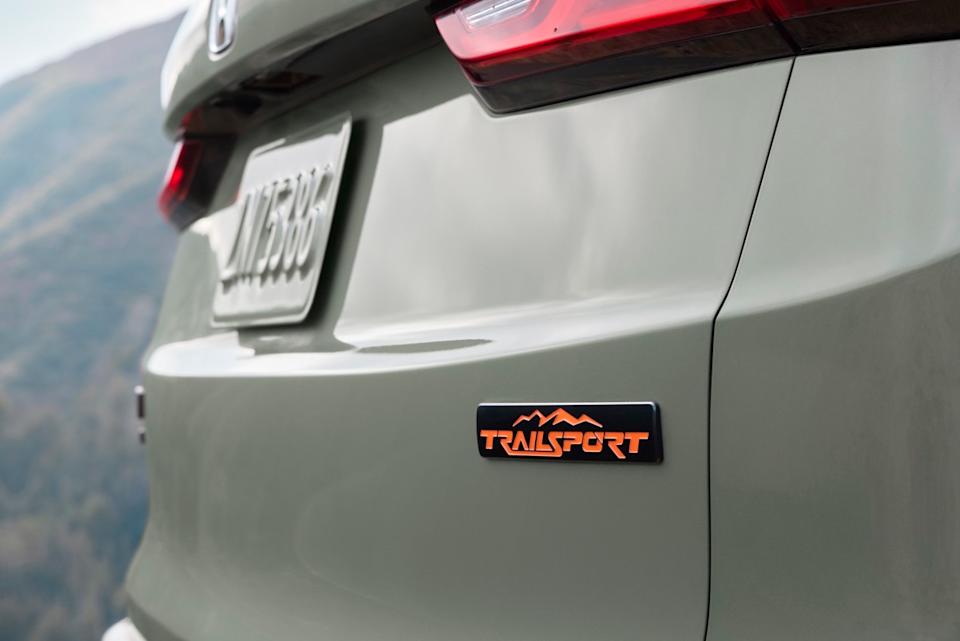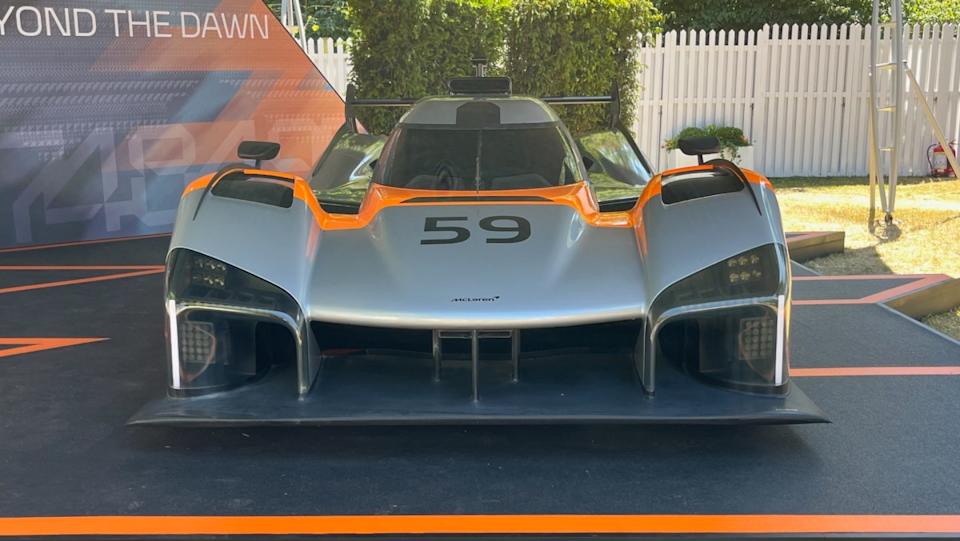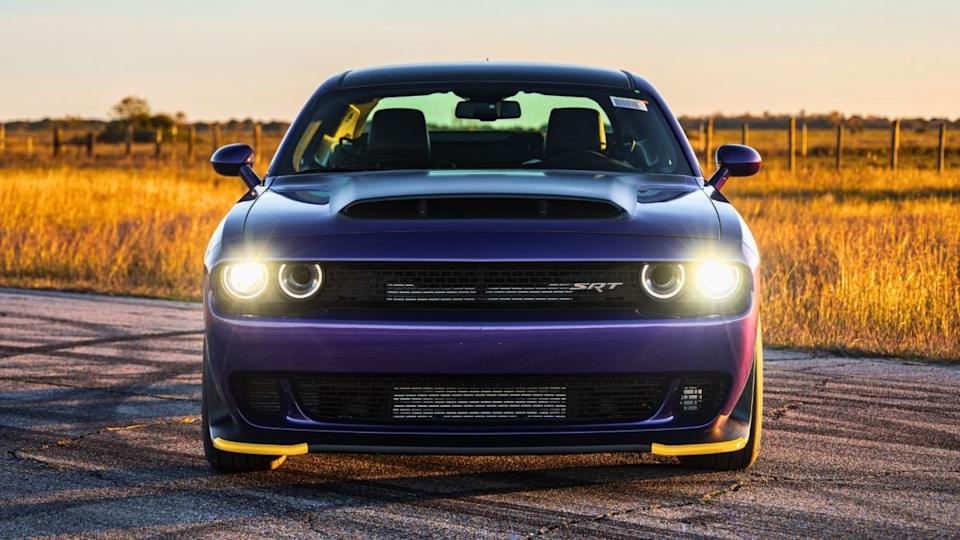
Ford and Chevy Should Be Worried About the Return of SRT originally appeared on Autoblog.
The no-holds-barred division wants to muscle its way back
The recent announcement of the return of the Dodge SRT (Street and Racing Technology) division is big news for muscle car lovers. The sub-brand was once known for infusing its vehicles with nuclear levels of power. Case in point is the drag strip-ready yet still street-legal Dodge Challenger SRT Demon 170, which could launch from 0 to 60 mph in a mere 1.66 seconds and housed a supercharged 6.2L HEMI V8 engine good for 1,025 horsepower. No other American carmaker was doing anything close. SRT and the legendary HEMI V8 are both making a comeback, and they're just what the ICE doctor ordered. Ford and Chevy should be paying close attention—because Dodge might be about to rewrite the rulebook again.
Out-muscling the competition
 Hennessey Demon 1700Hennessey Performance
Hennessey Demon 1700Hennessey PerformanceSRT's storied past emerged back in the '90s with the Dodge Viper RT/10. SRT-powered models were given badging indicative of the cylinder count, as well as notifying bystanders that SRT-badged vehicles were meant to dominate both the street and the track. The Dodge Neon SRT-4, Chrysler 300 SRT-8, and the Viper SRT-10 were some of the brand's best examples in the division's earliest years. In 2012, Chrysler sought to turn SRT into a standalone brand. The 2013-2014 SRT Viper was its first model. Its 8.4-liter V10 engine churned out 640 horsepower and 600 lb-ft of torque to the rear wheels via a six-speed manual transmission. 0-60 happened in 3.5 seconds, and the SRT Viper topped out at 206 mph, further cementing SRT's place in performance car history.
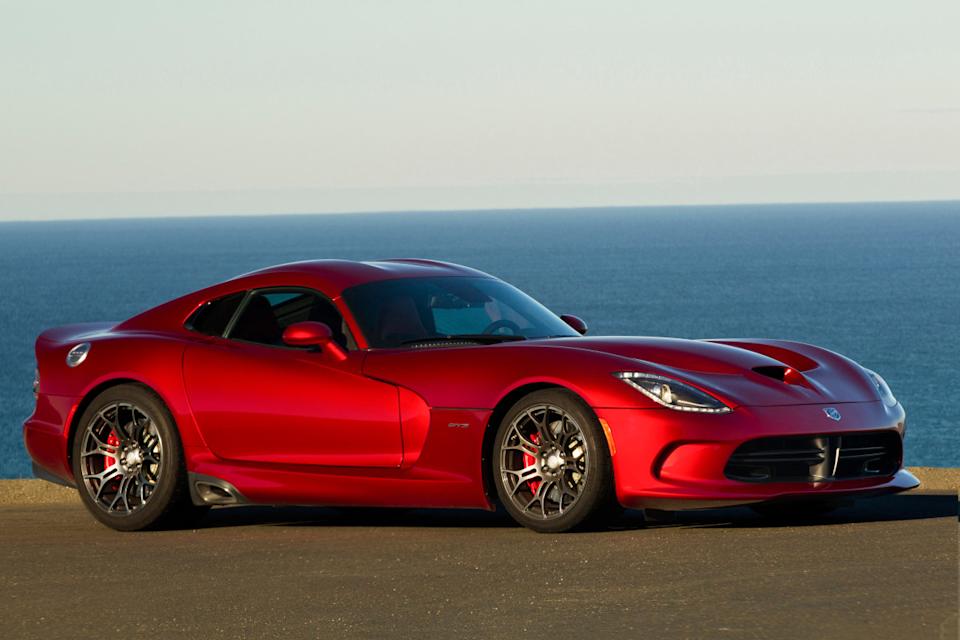 2013 SRT Viper GTSDodge
2013 SRT Viper GTSDodgeMore recent models under the SRT name included the 2006 Charger SRT8 (425 hp), the 2015 Challenger SRT Hellcat (707 hp), and the 2018 Jeep Grand Cherokee Trackhawk (707 hp). These vehicles weren’t just fast—they were otherworldly. Nobody was doing muscle the way SRT was. When Ford released the 760-hp Mustang GT500 and Chevy made the 650-hp Camaro ZL1, SRT fired back with a 797-hp Challenger Redeye.
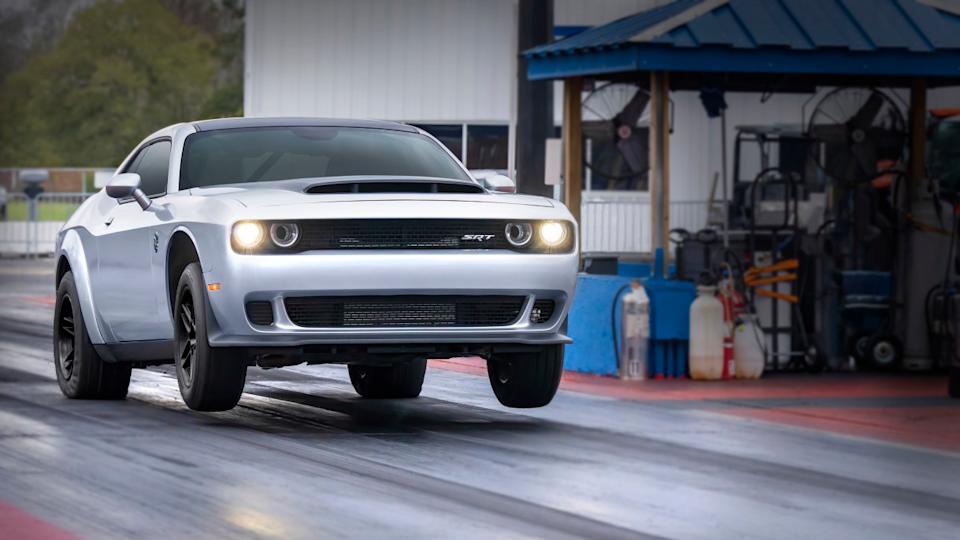 2023 Dodge Challenger SRT Demon 170Dodge
2023 Dodge Challenger SRT Demon 170DodgeThen, in 2023, came the Dodge Challenger SRT Demon 170, a car that was powered by a modified 6.2-liter supercharged HEMI V8 engine, producing 1,025 horsepower on E85 fuel and 945 lb-ft of torque. 0-60 mph took a record 1.66 seconds, and the car crushed the quarter-mile in 8.91 seconds at 151.17 mph. All this, and it was street legal, too. SRT was upping its own game and rewriting the rules of the power wars.
Dismal Charger Daytona sales
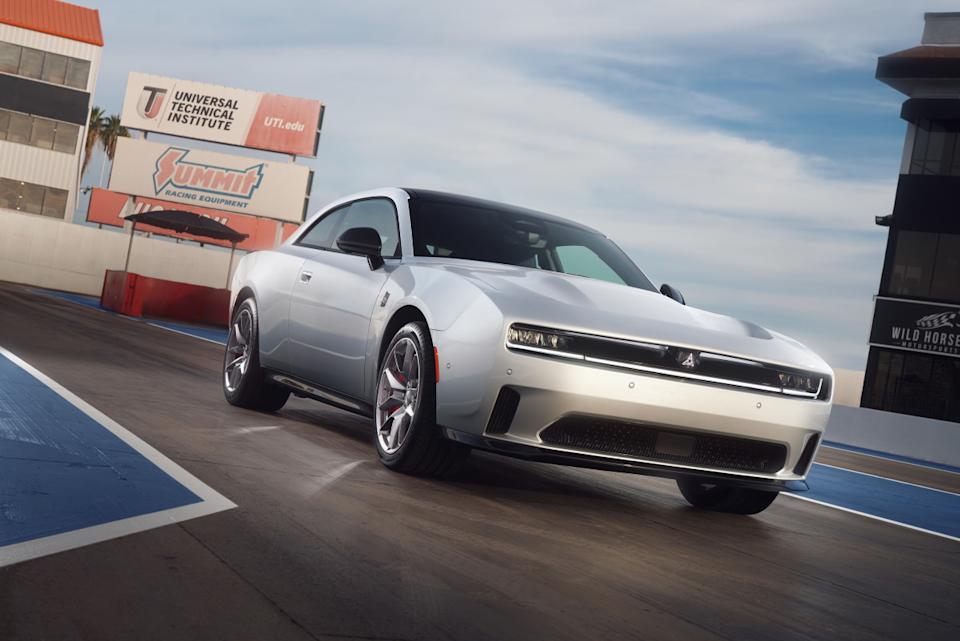 2025 Dodge Charger DaytonaDodge
2025 Dodge Charger DaytonaDodge Following the demise of SRT, Stellantis showed the world the future of muscle cars with the all-electric Charger Daytona in May of 2025. Not only did the new Charger Daytona look the part of the next-gen Charger, but it also boasted a radical simulated exhaust system known as the Fratzonic Chambered Exhaust. It had all the promise of muscle car style along with performance to match. The Charger Daytona arrived in two trims: a Scat Pack boasting 670 horsepower and a Daytona R/T model good for 496 horsepower.
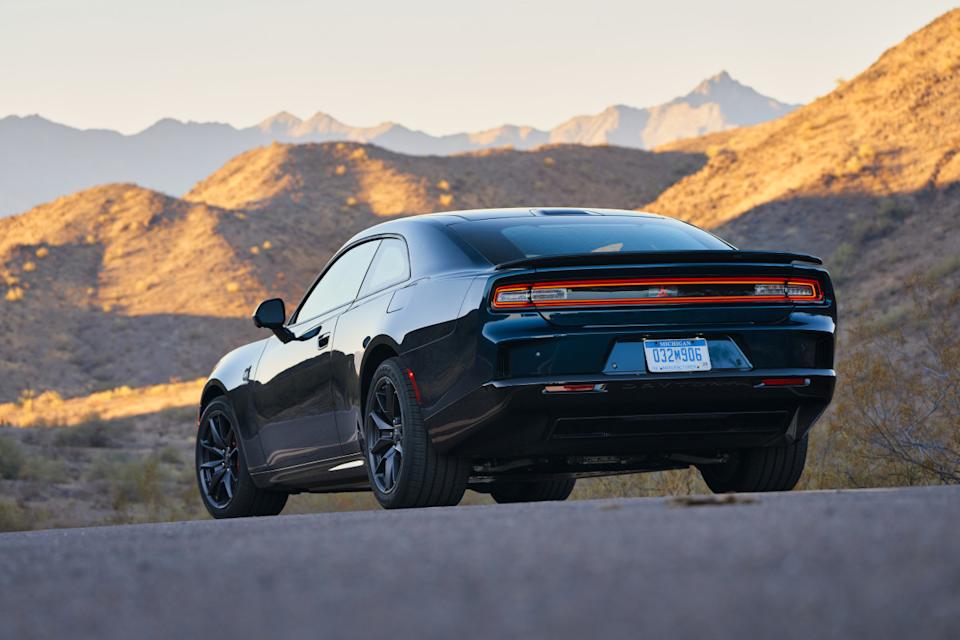 Dodge Charger Daytona Scat PackStellantis
Dodge Charger Daytona Scat PackStellantisSadly, not many customers went for it. In response, Dodge slashed prices and then decided to kill off the entry-level Daytona R/T for 2026. It turns out muscle car lovers don't really like electric power, regardless of how quick the car might be. Early dealer reports show units sitting on lots, with buyers hesitant to pay $60K–$70K for what feels like a less alive version of the muscle cars they grew up loving. Dodge’s fan base has always craved drama: roaring V8s, tire smoke, and straight-line irresponsible speed. So far, the Daytona EV hasn’t delivered that in the way Dodge's customers wanted. Whether or not the slowdown of the electrification tsunami played a part might not even be material. More than bad timing, the switch to an electric Dodge muscle car was a bad decision.
The return of the HEMI V8
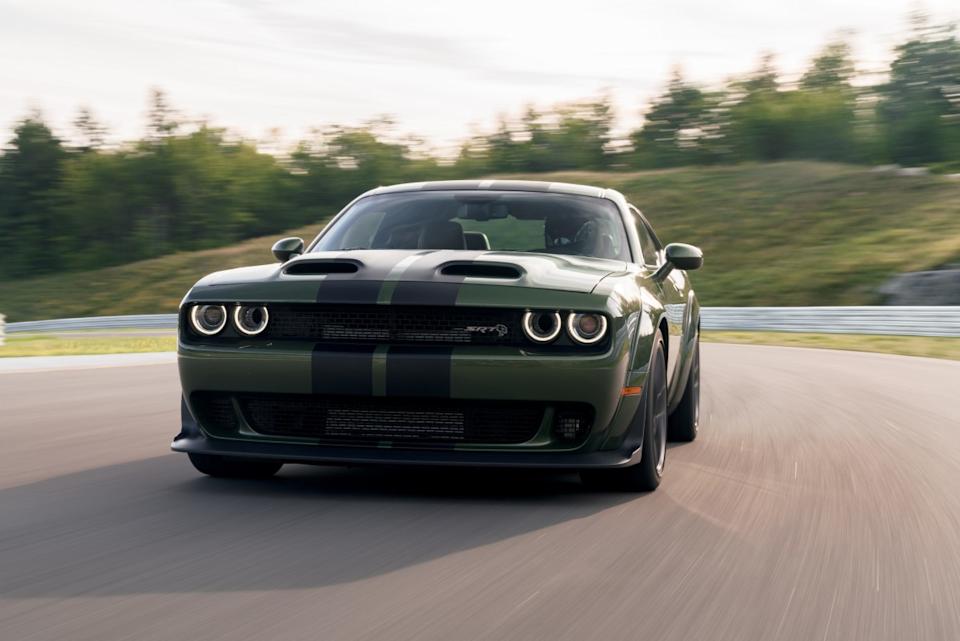 2023 Dodge Challenger SRT Hellcat WidebodyDodge
2023 Dodge Challenger SRT Hellcat WidebodyDodgeWhen SRT-powered ICE cars disappeared (the current Dodge Durango SRT is the only vehicle remaining), lovers of their products lamented the loss of some of the coolest street rods of the modern era. Everyone was moving toward electrification, and Stellantis did not want to get left behind. It took less than a year for things to go south for Stellantis and their foray into electric muscle. In a surprising turn of events, insider reports and engineering leaks suggest that Stellantis may be reversing course, at least partially.
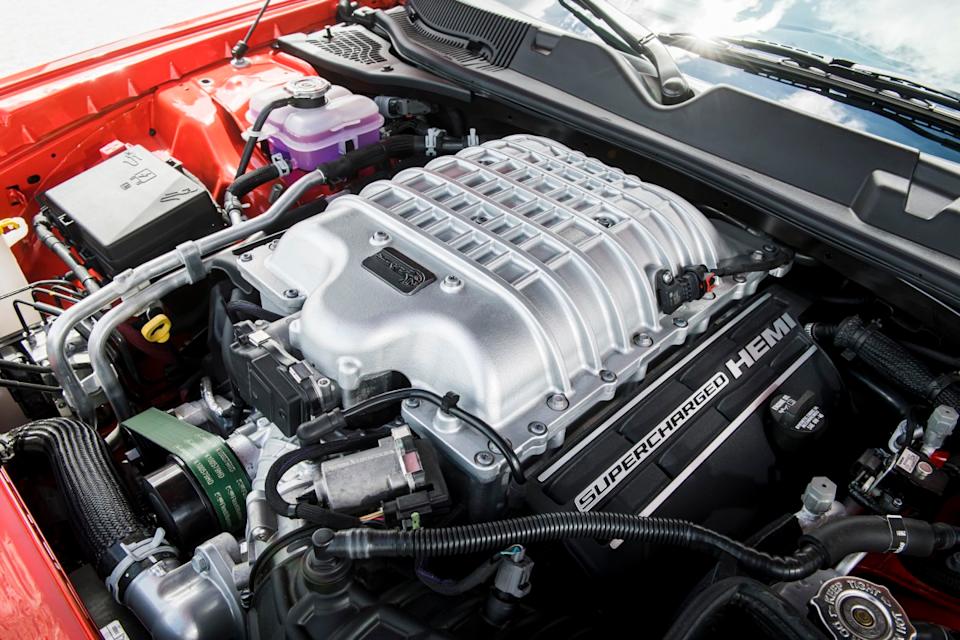 Dodge Challenger SRT Super StockDodge
Dodge Challenger SRT Super StockDodgeSources within supplier networks and Mopar tuning circles have revealed that new, gas-powered V8 development is underway, and not just for legacy support or crate engine sales. The focus? A new-generation 6.6-liter and potentially revised 6.4-liter naturally aspirated and supercharged HEMIs, likely to appear in limited-production or retro-inspired Dodge vehicles wearing SRT badges. That’s where the return of SRT-tuned gas models and HEMI-powered variants could flip the narrative. It gives Dodge a second swing at keeping its muscle car image alive without fully abandoning internal combustion—and that’s something Ford and Chevy might not be prepared for.
Ford will have to flex more muscle
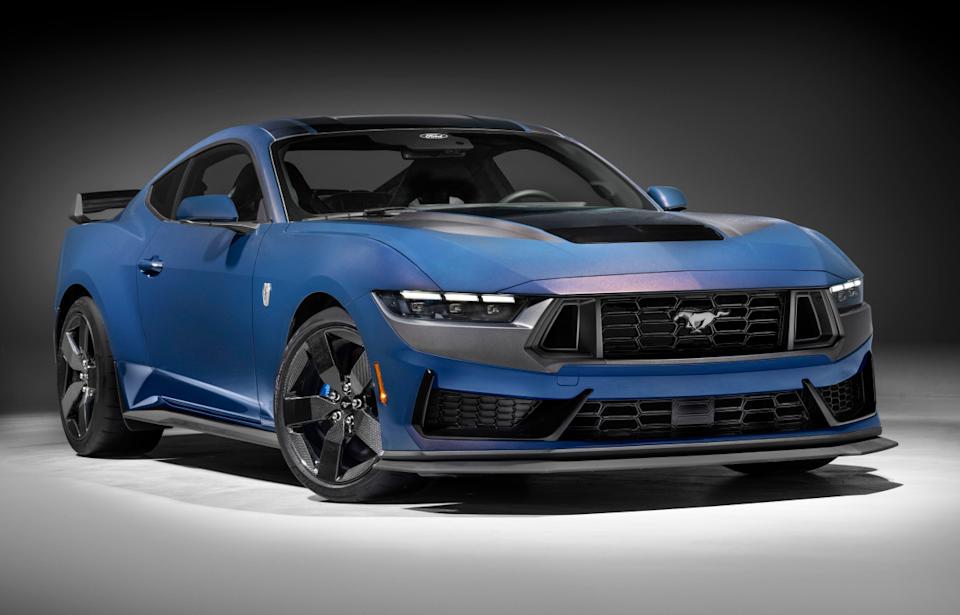 Ford Mustang Dark HorseFord
Ford Mustang Dark HorseFord Ford has wisely stayed with gas power for its iconic Mustang. The Mustang GT and Dark Horse are legitimate high performers, and the F-150 Raptor R proves they haven’t abandoned V8 power for their off-road beast either. While it may be moving toward electrification, Stellantis' EV move for its Charger Daytona is likely to dampen any electric Mustang the brand was considering in the near future, potentially opening the door to a hybrid Mustang instead.
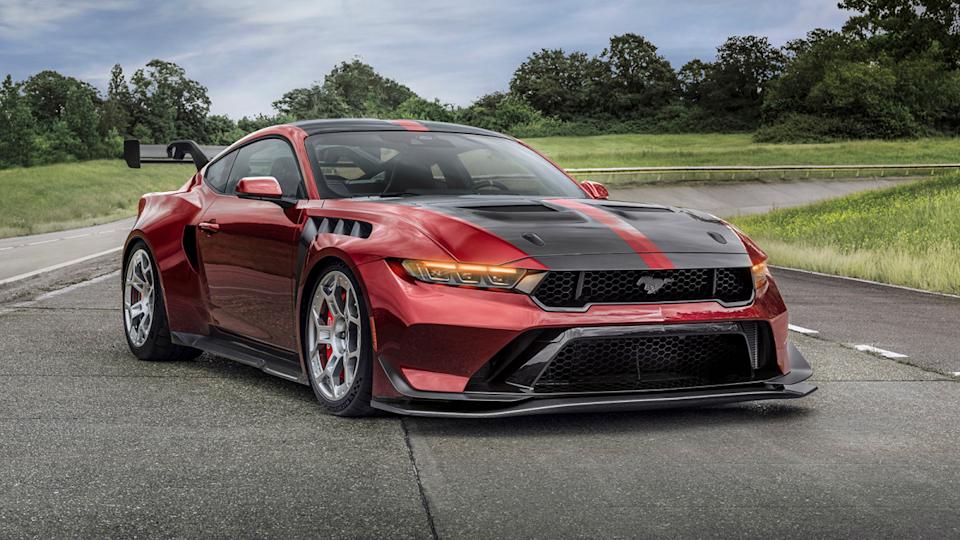 2025 Ford Mustang GTD Carbon SeriesFord
2025 Ford Mustang GTD Carbon SeriesFordIf Dodge relaunches even a limited-run V8-powered SRT lineup, Ford may suddenly look cautious and conservative by comparison. Imagine Dodge dropping a next-gen Challenger with a supercharged HEMI under the hood, a six-speed manual, and a 0–60 time under 3.5 seconds. That could steal headlines—and buyers—from even the most powerful pony cars Ford still has left. And, no, the 850-hp Mustang GTD doesn't count in this battle because it costs an insane $328,000. The good news is that the next-generation Mustang GT500 has already been seen testing, purportedly with a "Legend" supercharged V8 that will likely exceed the 760-hp output of the last one. Ford will need everything it can muster if SRT makes its return the way we think it will.
Chevy has a supercar but no muscle car
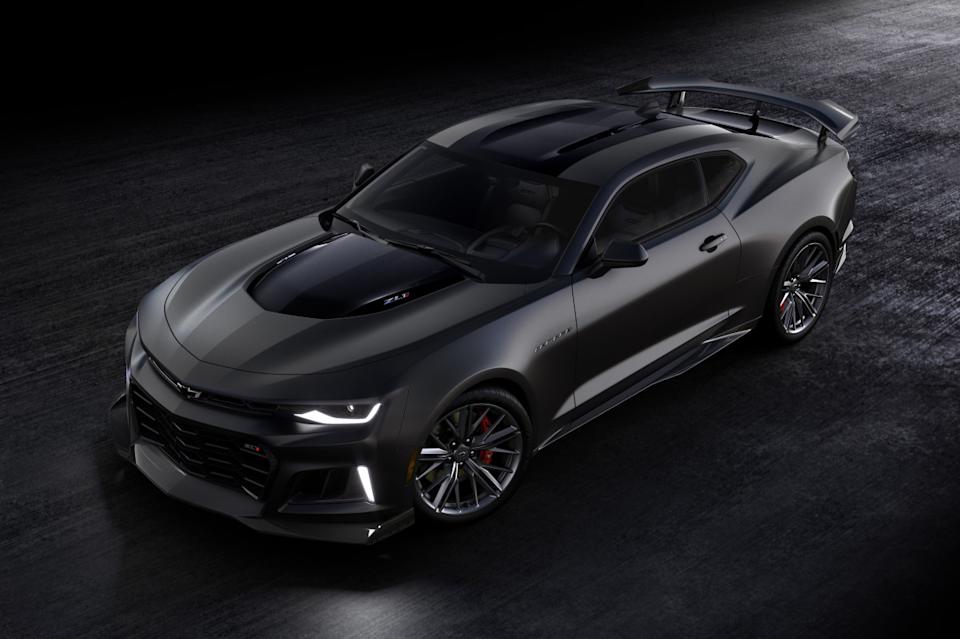 2024 Chevrolet Camaro ZL1 Collector’s EditionChevrolet
2024 Chevrolet Camaro ZL1 Collector’s EditionChevroletChevy is in a tougher spot than Ford now that the Camaro is no more, and while a rumored electric replacement is in development, there’s no official timeline. Again, the Charger Daytona's lackluster sales might be the shot across the bow that Chevy heeds as it thinks about its performance future. It's more likely that the next electric Camaro will be an SUV, copying the path of Ford's successful Mustang Mach-E. That leaves Chevy’s only true performance car as the Corvette—and while the Stingray, Z06, and ZR1 are incredible, they’re not muscle cars, especially since the Corvette's 8th-generation has a mid-engine layout.
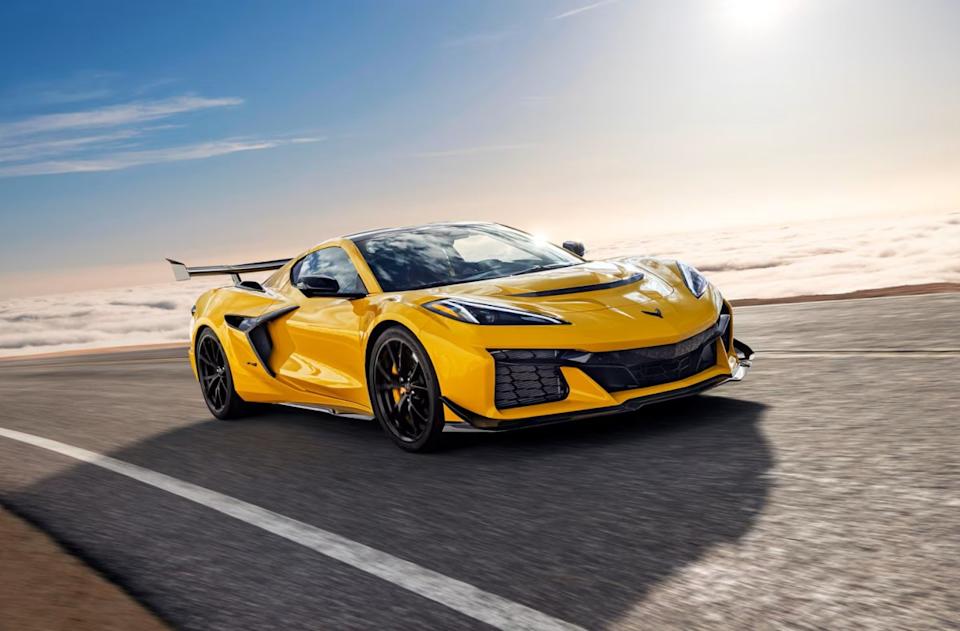 2025 Chevrolet Corvette ZR1Chevrolet
2025 Chevrolet Corvette ZR1ChevroletIf Dodge revives HEMI V8-powered Chargers and Challengers and puts them in a $55,000–$75,000 street bruiser with SRT DNA, Chevy won’t have an immediate answer. In other words, while Dodge may reenter the muscle game with V8 guns blazing, Chevy’s performance portfolio has a big 'ol muscle-shaped hole in it. Even if it's not exactly profitable for a gas-powered Camaro to make a return, the statement a next-gen Camaro ZL1 or Z/28 could make would be impactful in the segment.
It’s about more than horsepower
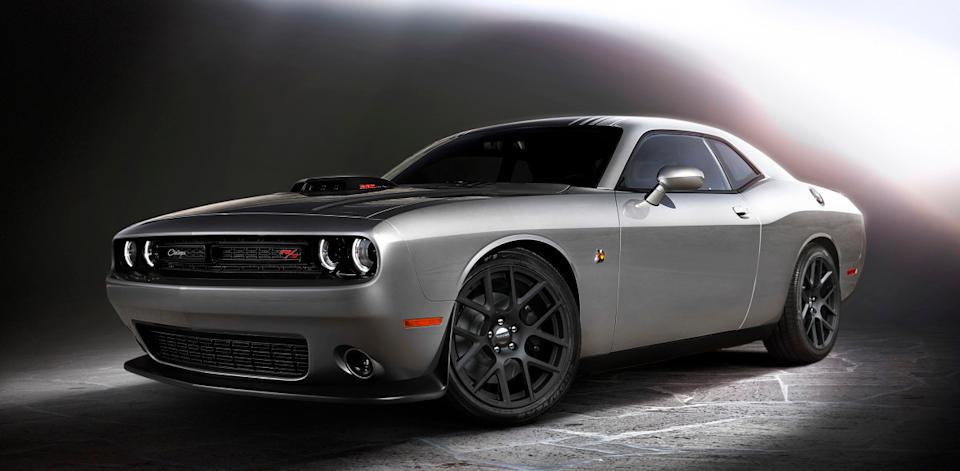 2015 Dodge Challenger ShakerDodge
2015 Dodge Challenger ShakerDodge Yes, horsepower wars are real, but at the end of the day, it's about the visceral sound and feel of a rear-wheel drive monster with a V8 engine rumbling under the hood. Nobody buys a gas-powered, raucous muscle car as a daily commuter car. They buy it because it's infused with history and passion. The real danger in SRT's and the HEMI's return isn’t just specs—it’s the spirit of what gets muscle car lovers going. In an era where performance is being redefined by batteries and software, SRT and the HEMI V8 represent something raw and very American: unfiltered, mechanical, emotional driving.
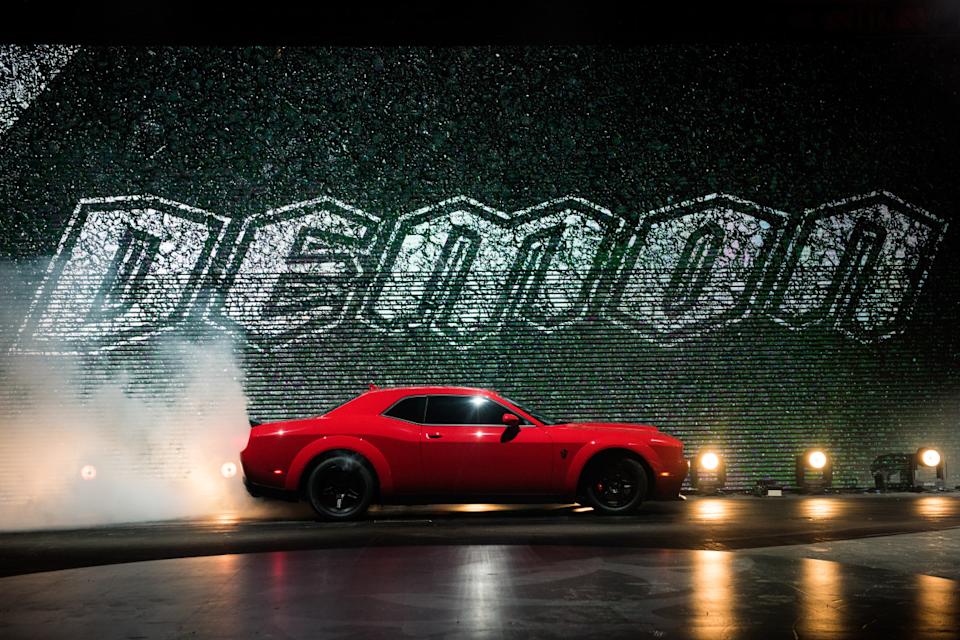 2018 Dodge Challenger SRT DemonMark Kauzlarich/Bloomberg via Getty Images
2018 Dodge Challenger SRT DemonMark Kauzlarich/Bloomberg via Getty ImagesStellantis has figured out the hard way that people don’t just buy Dodge muscle cars because they’re fast—they buy them because they make them feel alive in a way electric propulsion can't. The roar of a HEMI, the smell of burning rubber, the unapologetically angry design language—that’s what Dodge customers crave. If Stellantis brings that back, even in small volumes, it’ll be resounding in a dying segment.
Final thoughts
Ford and Chevy should be concerned now that SRT and its HEMI V8 are returning to take back the muscle car crown. While Ford and GM might be hedging their bets on electric futures, Dodge appears to be revisiting its storied street rods in a way the world might not be prepared for. Whether it’s a limited-edition HEMI throwback or a new-age Challenger with 800 horsepower and no regard for anyone's eardrums, SRT won't be playing around. Is the electric Challenger Daytona dead? No, but it will certainly have some noisy stablemates to keep it company.
Ford and Chevy Should Be Worried About the Return of SRT first appeared on Autoblog on Jul 12, 2025
This story was originally reported by Autoblog on Jul 12, 2025, where it first appeared.
The comeback of SRT, once the iconic performance division in charge of timeless muscle cars like Viper and Challenger has a substantial avalanche in store for Ford's Shelby GT50& Chevy’ abilities to produce high-performance models. Worrying times are ahead.
It's hard to deny the impact that SRT (Street and Racing Technology), a division under Ram trucks, will have on Ford F-150 Raptor vs Chevy Silverado ZRX once it brings back its iconic Hellcat engines - ensuring an undeniable horsepower race in our hotrods.


